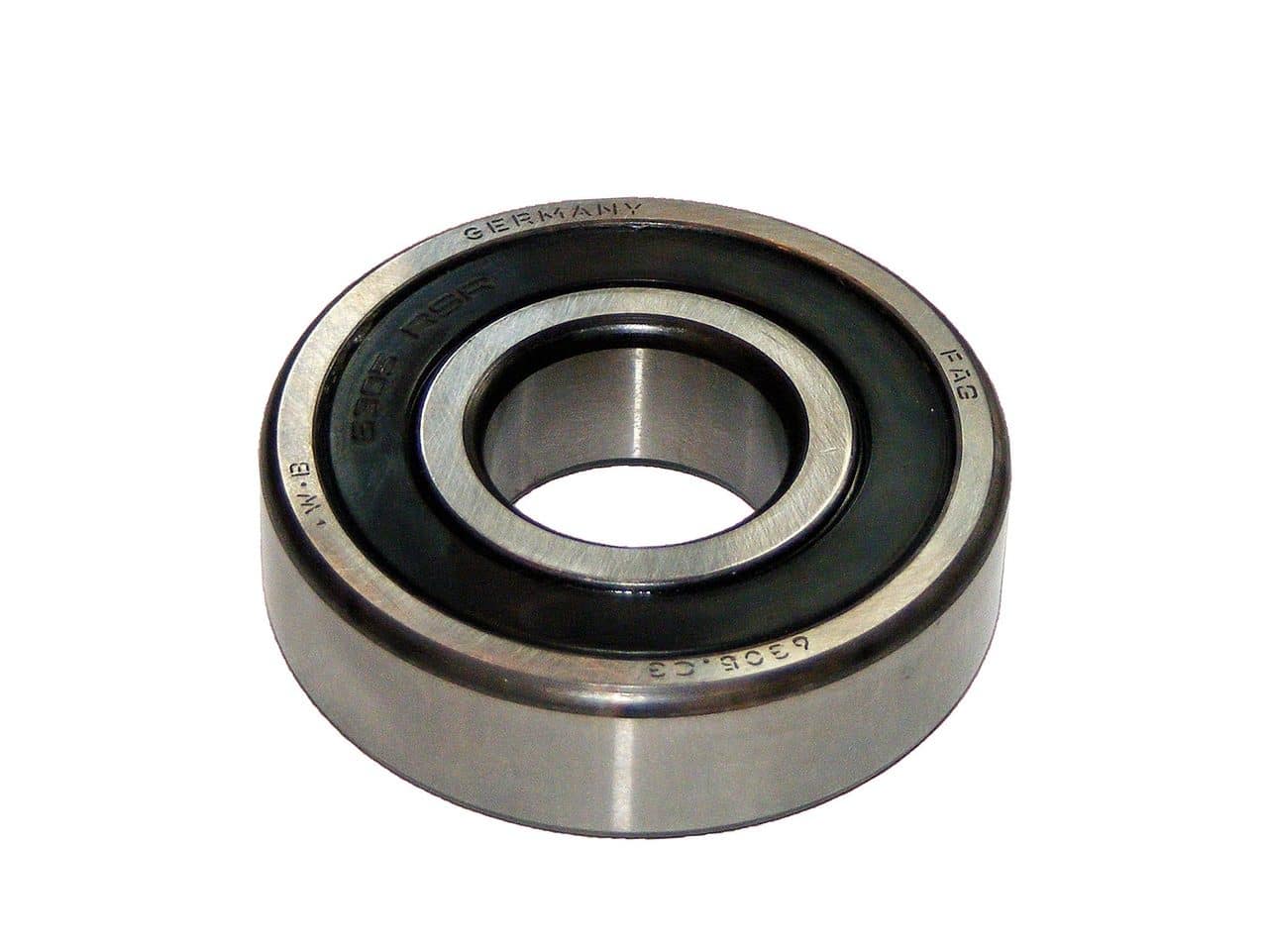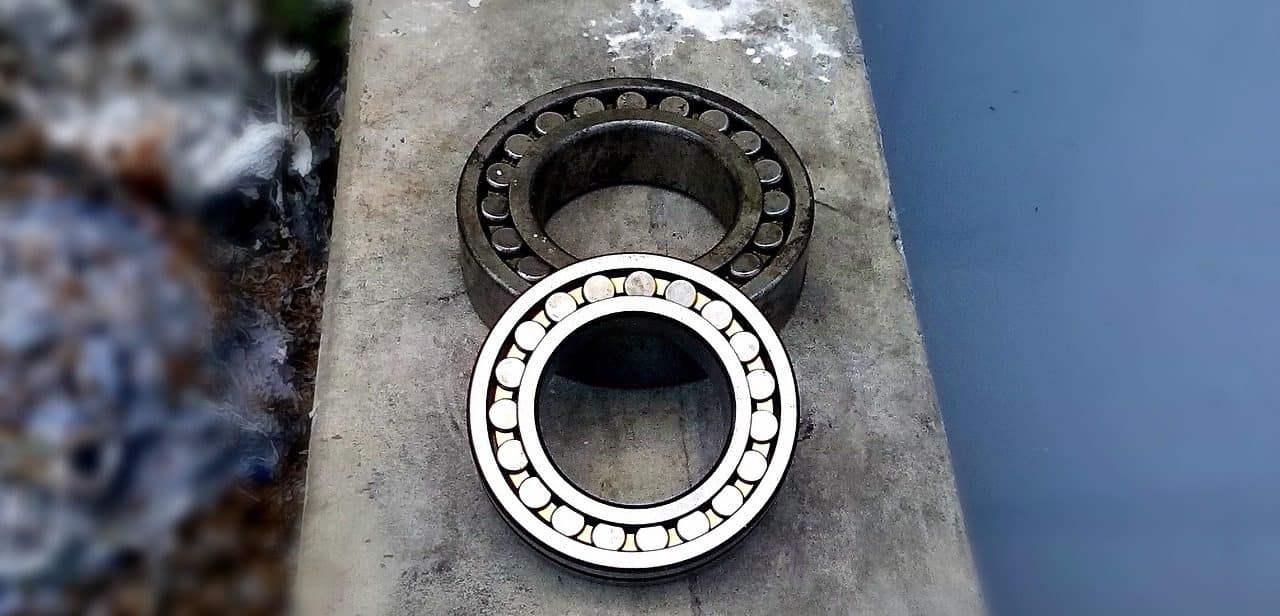
The bearing is also known as ball bearing, ball bearing or rolling bearing.
Bearing is the name of a piece that, in some countries, is known as rolling , roller bearing , ball bearing , bolillero or ball bearing . It is a bearing : an element that serves as support for an axis and on which it rotates.
The bearing is the bearing that minimizes the friction that occurs between the shaft and the parts that are connected to it. This piece is made up of a pair of concentric cylinders, separated by a crown of rollers or balls that rotate freely.
Bearing classification
There are different types of bearings according to the type of stress they must withstand during operation. There are axial, radial and axial-radial bearings depending on the direction of the effort.
The specific composition of the bearings also varies according to needs. There are ball and needle bearings, among others, and even different types of bearings within each group . Let's look at some of them below:
- Ball rigid : used in a wide number of products . Its design is simple, it cannot be disassembled and it is characterized by being able to operate at considerably high speeds without requiring very strict or frequent maintenance. In addition, the balls in its structure benefit power transmission . Its popularity is also due to its low price .
- Angular contact ball : its design is designed in such a way that the pressure exerted by the balls (which are presented in a single row) is applied at an oblique angle to the axis, which makes this type of bearing very suitable for the loads considerable axial, and also radial . If you want the machine to receive the axial load in the opposite direction, then it is necessary to mount the bearing opposite to another.
- Needle : it has cylindrical, long and very thin rollers. Although its section is of a discrete size, its load capacity is very large and it is used very often when there is no large radial space. One of its most common applications is the structure of bicycle pedals.

There are bearings of different kinds.
The rollers
There are also roller bearings and other types:
- Conical rollers : this is a model especially suitable for supporting axial and radial loads simultaneously, given that its raceways and rollers are at an oblique angle. There is also a version with a very open angle that is used when the axial load is considerable. It is worth mentioning that this bearing can be disassembled, leaving the inner and outer rings, as well as the rollers, separate.
- Cylindrical thrust rollers : among their main characteristics is their special resistance to heavy axial loads, their insensitivity to shocks, their strength and the fact that they require little axial space. They can only accept one direction of axial loads. This type of bearing is especially used to replace models that use thrust balls incapable of accepting the necessary loads.
- Axial spherical rollers : it has a row of rollers located obliquely, which rotate on the ring, which rests on the corresponding support . A flange on the ring guides the rollers in their rotational movement. As a result, this type of bearing is very suitable for supporting heavy loads. Its alignment is manual and it has a very high rotation speed, even when the load is considerable. Unlike other types of thrust bearing, this one has the ability to cope with radial loads.
Self-aligning ball bearings , single row ball bearings , and thrust needle bearings are others that are frequently used in different machines , such as motors, turbines , and fans.
